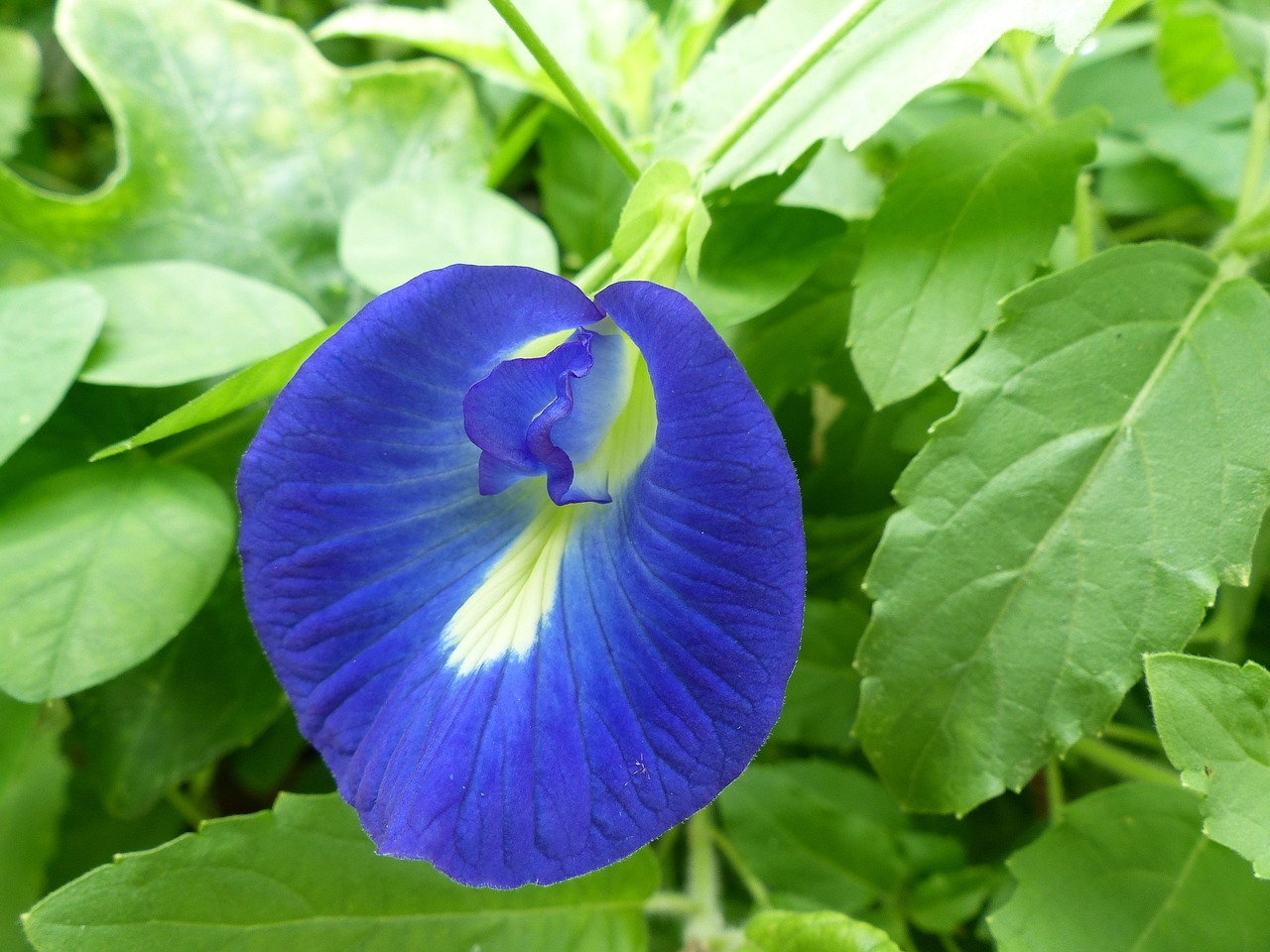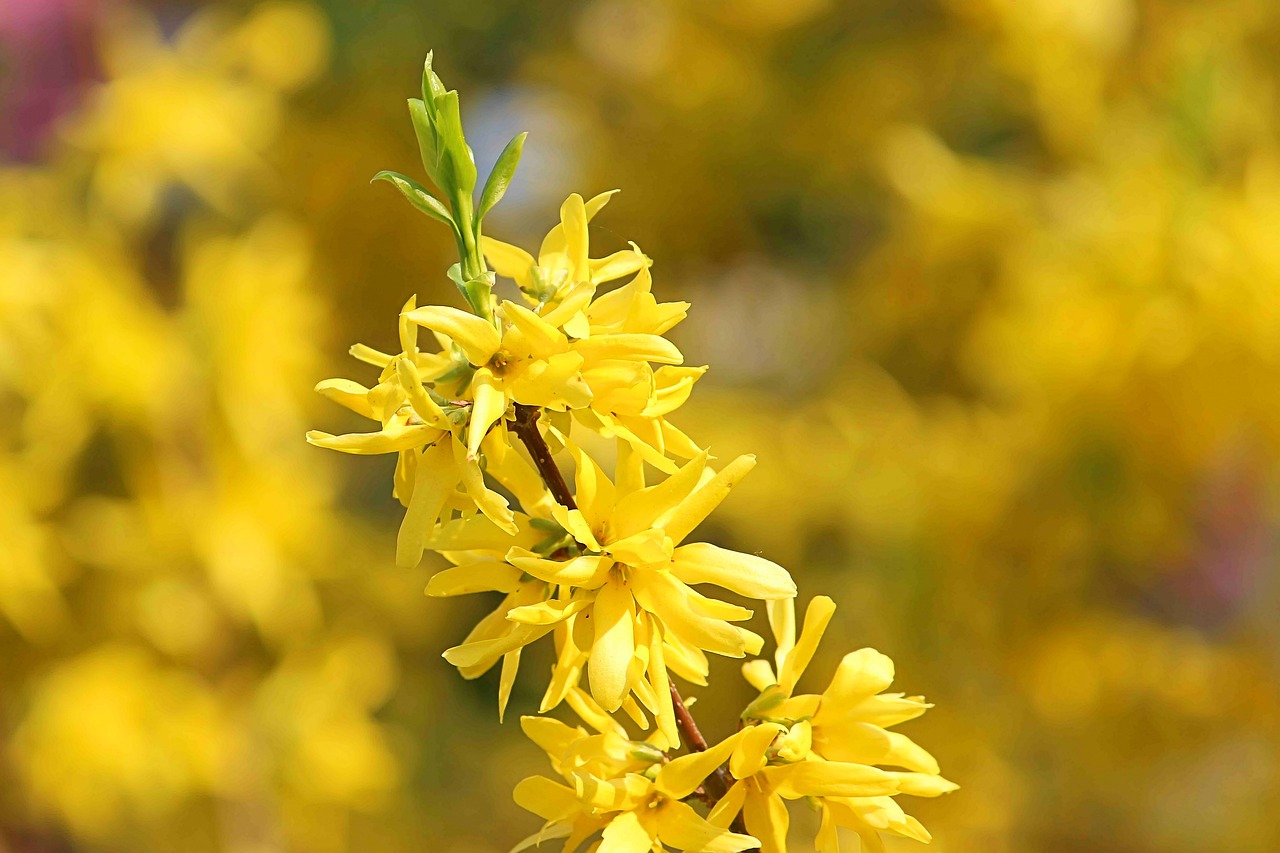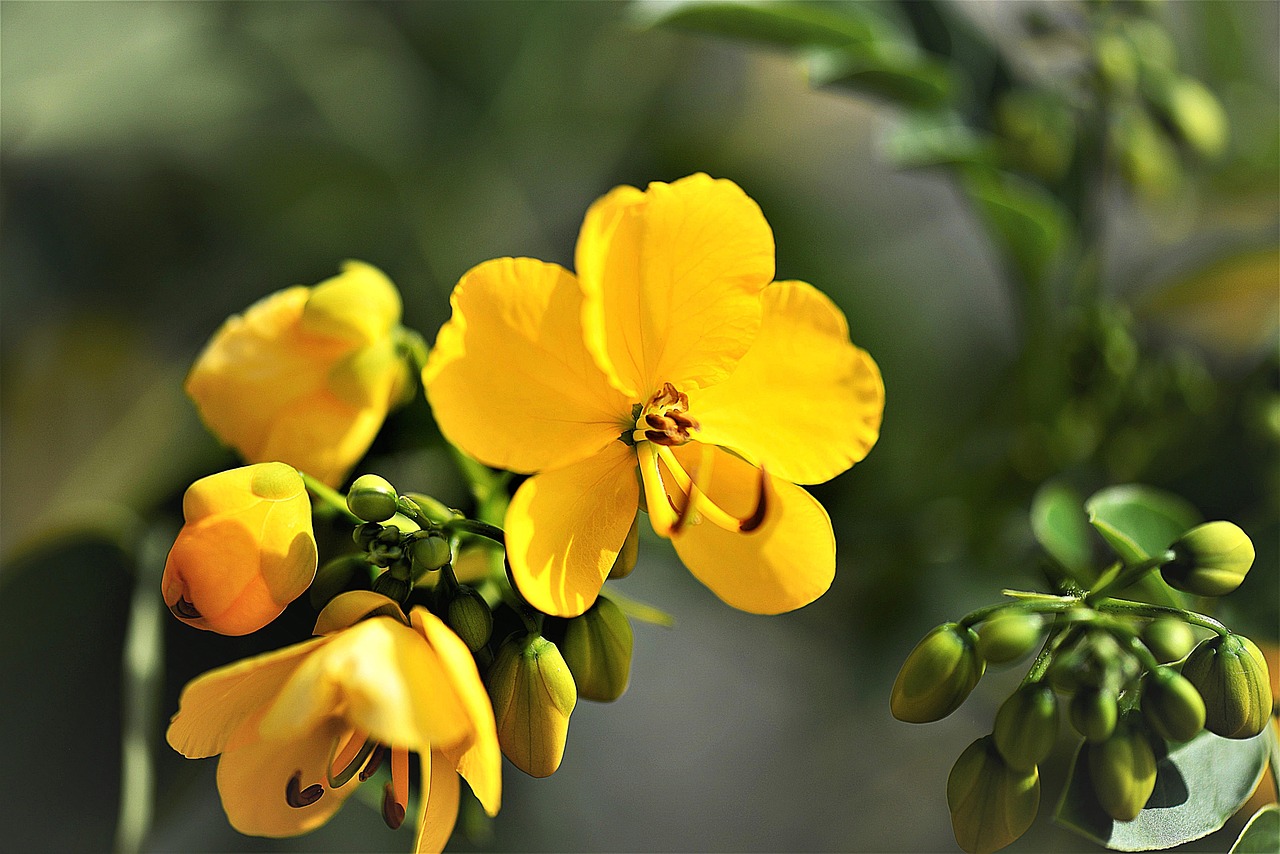Sweet Pea | A Message of Farewell and New Beginnings Carried on Fragrance
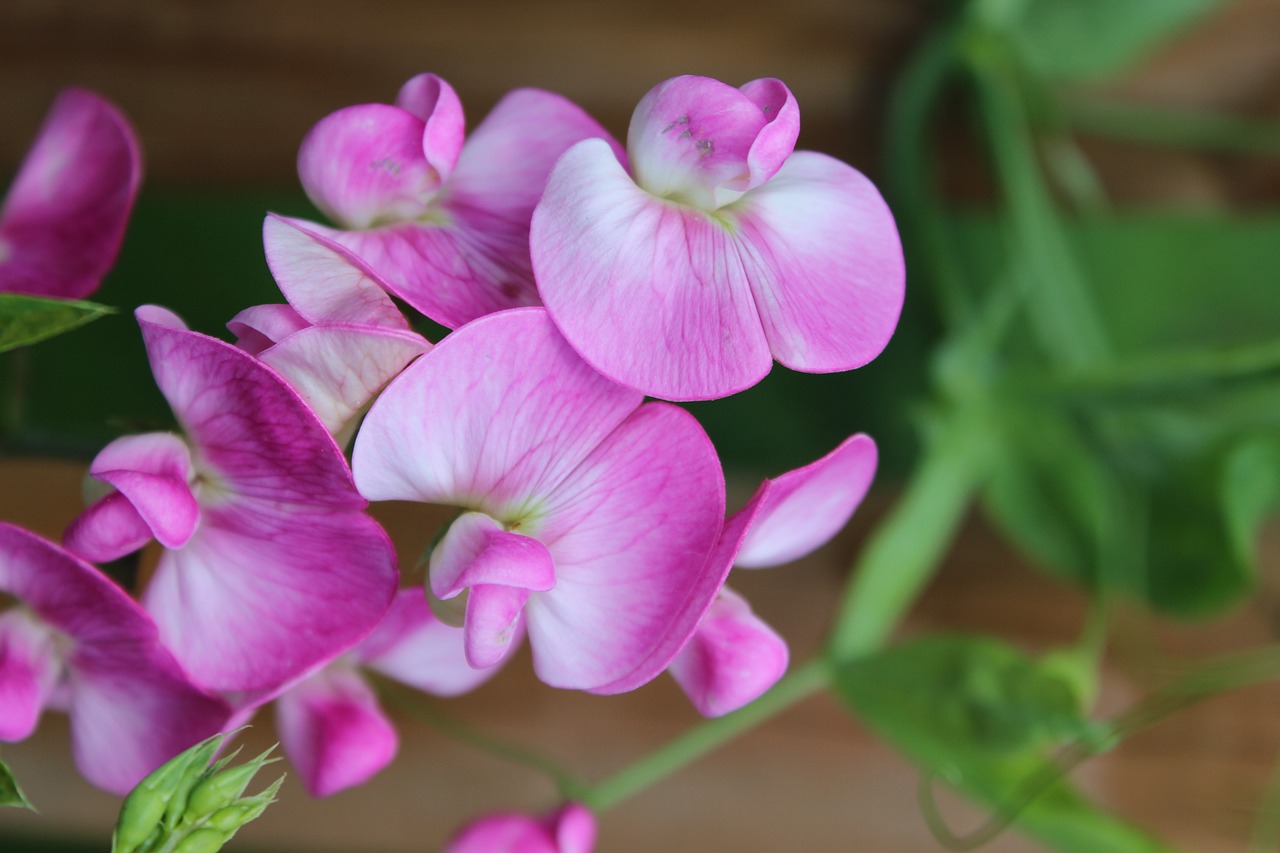
The sweet pea is a beautiful flower known for its gentle fragrance and delicate, colorful petals. It is highly popular both as a cut flower and as a garden plant, and it is cherished as a flower that brightens gardens in early spring.
In this article, I will introduce the charm of the sweet pea, from its basic information and cultural background to key points on how to grow it.
Basic Information
- Scientific name: Lathyrus odoratus
- Family: Fabaceae
- Origin: Mediterranean coast, particularly the island of Sicily
- Appearance: Sweet peas are characterized by their soft, wavy petals and vivid colors. They bloom in shades of pink, purple, white, and blue, with flowers opening successively on slender vine-like stems. Another defining feature, true to their name, is their “sweet fragrance.”
- Blooming season: Primarily from spring to early summer, though in warmer regions they may begin blooming in winter.
Cultural Characteristics
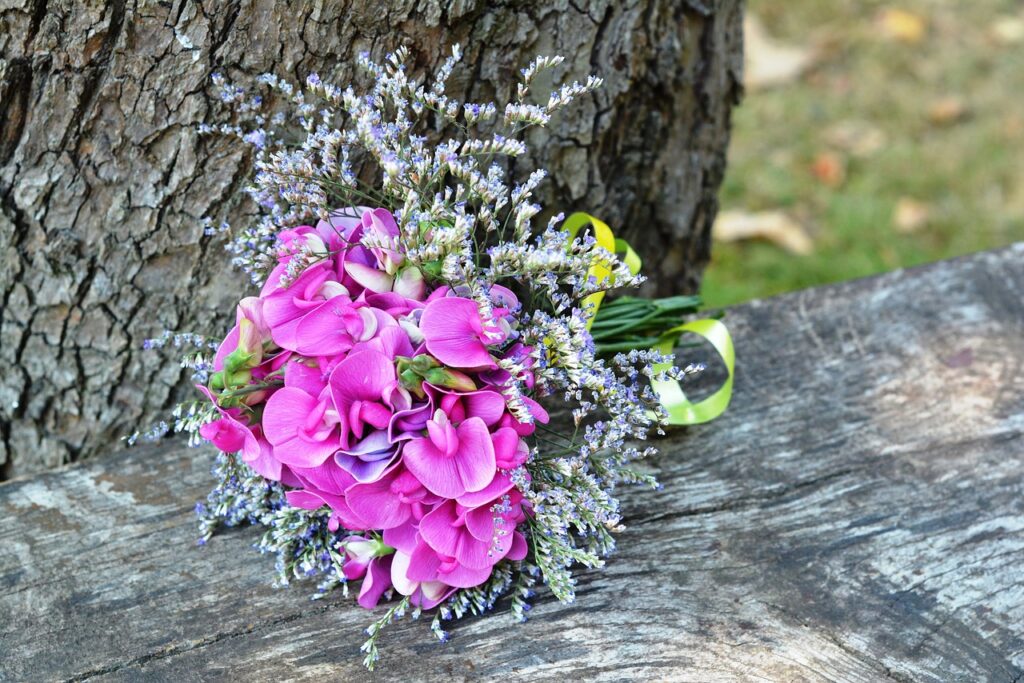
Sweet peas have been highly popular in the United Kingdom and other European countries since the 18th century, when they rapidly spread as garden plants. Their symbolic meanings are “departure” and “sorrow of parting,” making them a common choice for graduation ceremonies and farewell gifts.
Their beautiful colors and sweet fragrance also make them a frequent feature in wedding bouquets and event decorations. In Italy, sweet peas are regarded as “flowers that bring good luck” and are often displayed on special occasions and festivities.
Because of their fragrance, sweet peas have also been used as essences in perfumes and aroma products.
Historical Episode
The sweet pea was discovered in Sicily in 1699 by Franciscus Cupani, who was captivated by its fragrance. He sent its seeds to England, where the flower quickly became popular.
During the Victorian era, numerous varieties were developed, and sweet peas were widely cultivated in gardens and greenhouses across England.
In the late 19th century, breeder Henry Eckford created many improved varieties with enhanced colors and fragrances, further elevating the sweet pea’s popularity.
Gardening Advice

Cultivation Guide
Sweet peas prefer sunny locations but are sensitive to excessive heat, so in summer it is best to grow them in spots with partial shade.
When grown from seed, germination may take some time, so sowing in early spring is ideal.
Water thoroughly when the soil becomes dry, and avoid letting the soil dry out during the blooming season.
As sweet peas are climbing plants, it is essential to use stakes or fences to support the stems.
Environment and Conditions
Sweet peas thrive in fertile, well-drained soil. A fertilizer low in nitrogen is suitable.
In warmer climates, seeds may be sown in winter, but in colder regions spring planting is common. Since the vines grow vigorously, ensuring adequate space and good air circulation helps reduce the risk of pests and diseases.
Conclusion
The sweet pea is a flower that elegantly enhances gardens and bouquets with its beautiful colors and sweet fragrance.
It is relatively easy to cultivate, and with proper conditions and care, it can be enjoyed over a long period from spring to early summer.
I encourage you to grow sweet peas yourself and experience their charm to the fullest.


